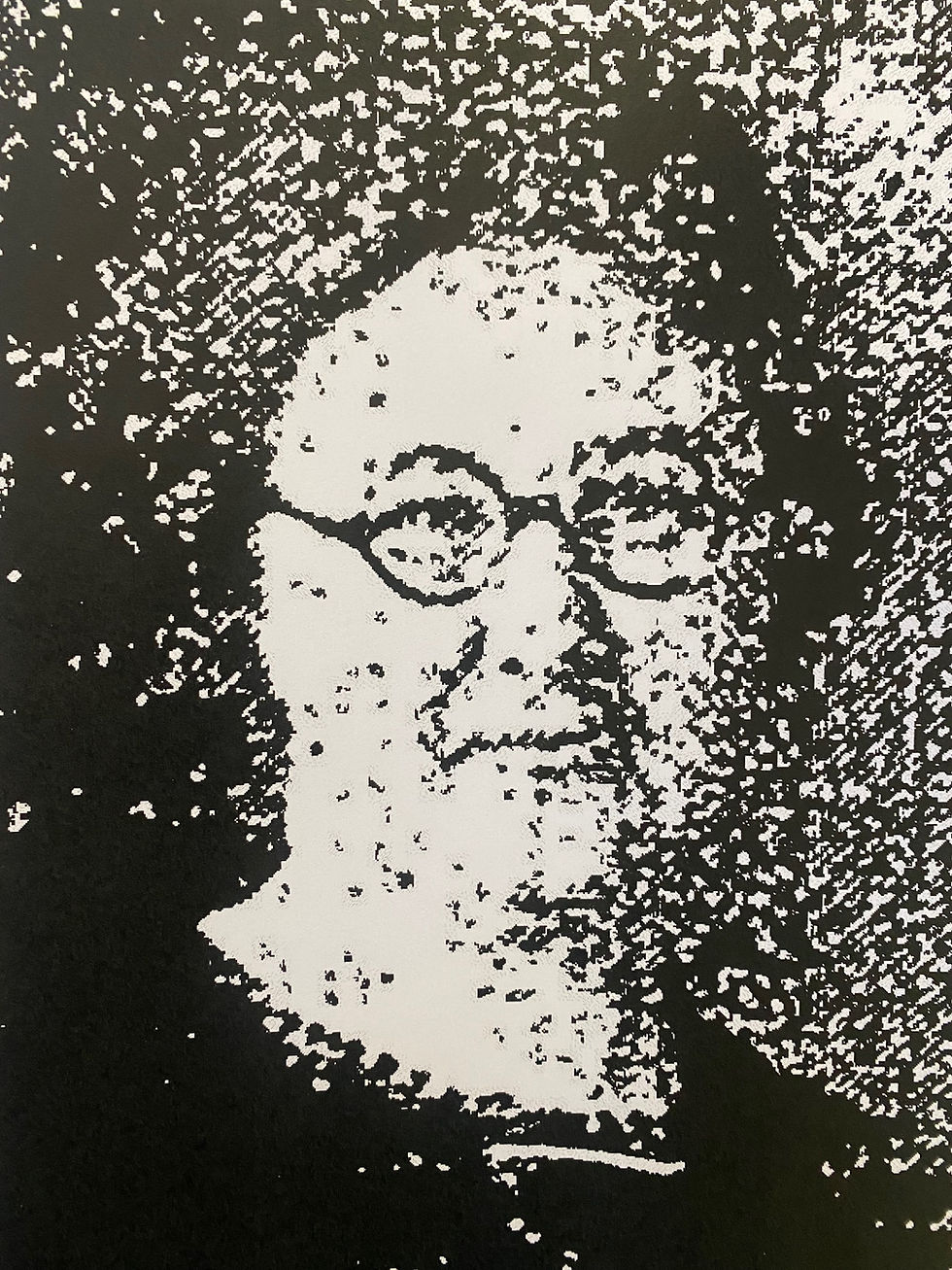People v. Kevorkian: Culture Wars Clash with the Law
- kellison71
- Jul 26
- 4 min read
Join us in this last visit to the Castle Cocktail Lounge: The Bar where we discover all things Michigan legal history with a nice cocktail pairing. At the beginning of July, we Raised the Bar for Equality. Then we explored The Anatomy of Cocktail. Last week Justice was Served, frontier style. This week we crack open a cool, refreshing Zima as we head back to the 1990s Culture Wars.

The many legal battles of Dr. Jack Kevorkian placed Michigan right in the middle of the culture wars, a term coined by sociologist James Davison Hunter in the early 1990s as a way to “express the conflict between traditionalist and progressive worldviews" (Culture Wars: The Divide, 2022). In 1992, preacher and politician Pat Buchanan launched the term into our collective vernacular at the Republican National Convention when he told the crowd that the battle for America’s soul was a “culture war.”
Although there were many hot topics, we will just focus on “the right to die.” In 1994, the Michigan Supreme Court said no to euthanasia, also known as assisted suicide, in People v. Kevorkian, settling the legal question–but perhaps not the debate. How did Michigan find itself in the middle of the controversy?

The face of the “right to die” movement was Dr. Jack Kevorkian. He was born in Pontiac, Michigan, in 1928. He attended University of Michigan Medical School and specialized in pathology. For a published study in 1956, he detailed the appearance of a patient’s eyes as they neared death. For that, he earned the nickname Dr. Death. During his residency, Kevorkian also became interested in, and advocated for, medical experimentation on criminals. The University of Michigan was displeased with such claims and told him to resign his residency, and he did.
He returned to Pontiac to work in the hospital. He did not give up on unorthodox ideas, and there he experimented with blood transfusions from cadavers to living patients. By 1970, he became the chief pathologist for Saratoga General Hospital in Detroit.
Later in the 1970s, he went bankrupt after leaving the hospital and sinking his savings into a film based on Handel’s Messiah. With no distributor for the film, the investors were bankrupted. Kevorkian again returned to medicine, but this time he reinvented himself as a “death counselor.” This is when he began his crusade for assisted suicide. However, he could not secure a position with any medical institution because of his advocacy for “death on demand.”
Kevorkian invented a machine which would enable a patient to administer the correct combination of anesthesia and lethal drugs in order to end their life. He called it a Thanatron, which means death-machine.

In 1990, Kevorkian enabled Janet Adkins to use the Thanatron to end her life. She was 51 years old and suffering from Alzheimer’s.
Was his act illegal? Michigan did not have a specific statute regarding assisted suicide; however, there were common law precedents against counseling someone to commit suicide. Kevorkian was charged with murder, and a judge issued an injunction to stop assisted suicides. Criminal charges were dismissed and Kevorkian carried on. However, the medical board revoked his license to practice medicine.

In 1994, the Michigan legislature banned assisted suicide after it created a Commission on Death and Dying. The Court of Appeals overturned the statute on a technicality unrelated to the specific issue of assisted suicide.
The court battles continued as did Kevorkian’s assistance to those who wished to end their lives. On one side of the culture war were those who believed Americans were creating a culture of death, as Pope John Paul II called it. Advocates for euthenasia leaned on the 1992 Casey v. Planned Parenthood decision which said, “At the heart of liberty is the right to define one’s own concept of existence, of the universe, and of the mystery of human life.”
The Michigan Supreme Court said there was no right to die; however, it also said that Kevorkian could not be tried for murder. And so the culture war waged on with inconsistent rulings around the country. Finally in 1997, the US Supreme Court ruled that there is no constitutional right to die, allowing states to outlaw the practice.
The people of Michigan, in jury after jury, continued to acquit Kevorkian until 1998, when Kevorkian filmed himself administering the lethal drugs and the news broadcast 60 Minutes aired the footage. With that evidence, Kevorkian was convicted and sentenced to jail. Just a few months before his conviction, Michigan voters rejected a referendum allowing for assisted suicide.
The Recipe: The Cosmopolitan

Although this drink was created in the 1970s, it catapulted to cultural icon status in the 1990s, largely due to the popularity of the tv series Sex and the City. It became synonymous with a night out, friends, and some good gossip. So what could be a better choice for today’s cocktail? Culture wars make the tongues wag or perhaps they just make us want a drink.


1.5 oz vodka
1 oz Grand Marnier or Cointreau
0.25 oz cranberry juice
0.5 oz fresh lime juice
Directions:
Add ice to a cocktail shaker. Add the vodka, Grand Marnier, cranberry, and lime juice. Shake to mix and chill, about 30 seconds. Strain into a coupe or martini glass. Garnish with lime peel or slice.

Sources:
“People v. Kevorkian: The Right to Die,” The Verdict of History, 447 Mich 436 (1994). Supplement from the Michigan Supreme Court Historical Society.
Kevin Hon, Azra Karaman, Manabi Kono, Kayla Perlman and Jack O’Brien, “Culture Wars: The Divide,” OxJournal, Dec. 21, 2022.
Anna-Bet Stemmet, “90s Cocktails: How to Make These Nostalgic Drinks at Home,” The Mixer, Sept. 27, 2024. https://www.themixer.com/en-us/trends/90s-cocktails/















